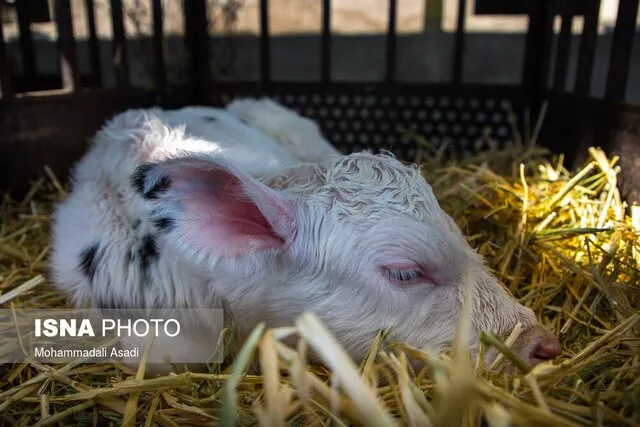Iranian Researchers Use New Method to Predetermine Gender of Animal Offspring

“The ability to predetermine the sex of livestock by separating sperm with X and Y chromosomes is very important for the animal breeding industry. This capability is especially imporntant for milk production, and in males for meat production and increasing the number of animals. So far, efforts have been made to separate X- and Y-bearing sperm using different techniques based on sperm volume and motility, swimming patterns, sperm surface manipulation, and relevant immunological properties. However, many of these methods are unable to make meaningful separations or cannot be repeated,” the IROST chairman Hassan Zamanian, who is also deputy of the Iranian minister of science said.
“Separating X- and Y-bearing sperm is done commercially for cattle (cows) in several countries. The method used is flow cytometry technique and its accuracy is more than 90%. This method reduces the fertility potential of the separated cells due to the 20% increase in dead or damaged sperm cells as a result of the induction of hydrodynamic stress during the separation process, incubation with fluorescent dye, and the steps of cooling and keeping at low temperatures before insemination. Moreover, the reduction in the yield of separated spermatozoa to about two million sperm per dose compared to doses of unsorted semen, which usually have a concentration of about 20 million sperm cells, is the prime reason that this method in animal offspring is used in a limited manner,” he added.
“Recently, with the progress in the field of microfluidics, it has been used for sperm separation. Microfluidic systems can be suitable for separating sperm due to the characteristics of sperm cells in microchannels. These characteristics of sperm in microchannels have made sperm separation with microfluidic systems very similar to in vivo conditions. Sperm movement and behavior characteristics such as movement close to the surface of the microchannel, sperm movement against the direction of fluid flow, chemotaxis response, etc. have led to the inspiration of these cases to provide conditions for sperm separation in microfluidic systems,” he went on to say.
Studies available on the Internet define microfluidics as the science and technology of systems that process or manipulate small amounts of fluidics (10−9 to 10−18L), using channels measuring from tens to hundreds of micrometers.
He furthur defended the use of microfluidics in separating cells as a new sex manipulation technology, saying, “So far, various microfluidic systems have been proposed for separating sperms, which are divided into two categories, active and passive. In the active method, sperm are separated using electric field, magnetic field, chemotaxis, etc. In the passive method, motile spermatozoa in a specific environment and geometry are separated from other contents of the sample due to their motility and adherence to microchannel surfaces.
Noting that integrated microfluidic systems with methods such as dielectrophoresis (DEP) and magnetic bead-coupled cell separation (MACS) are used for cell analysis and isolation, Zamanian added, “In this method, the difference in surface charge of membrane (zeta potential) between sperm cells containing X and Y chromosomes is used for separation. In this study, a microfluidic system based on the dielectrophoresis method was used to separate sperm cells without affecting their motility and viability. During the dielectrophoresis process, the sperm cells showed a different reaction such that the sperms with X chromosome moved away from the electrodes along the chip and the sperms with Y chromosome were drawn towards the electrodes.”
“The use of this method depends on various parameters, such as the type of buffer, exercised voltage and frequency, which limits its efficiency,” the IROST head said.
“In the magnetic separation method based on microfluidic systems, unlike in the column-based methods, contact of the sample with superparamagnetic materials can be avoided,” he further said, adding that “Moreover, among the other advantages of cell separation using this technique one can point to fluid control in slow flow, adjustable parameters for separation, and visual control of the separation process.”
“In this study, a microfluidic system for magnetic separation of X and Y chromosome sperms has been designed and optimized. This is done for the first time using cell surface markers in that system,” Zamanian concluded.
4155/i





















